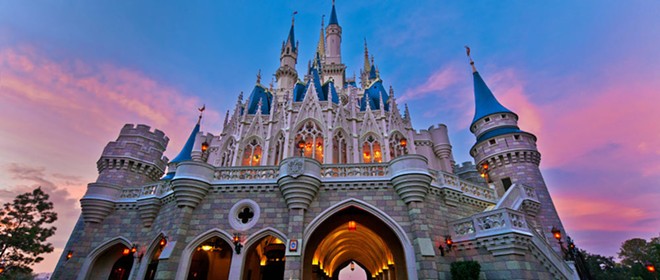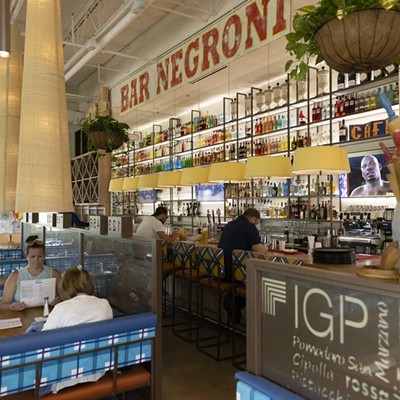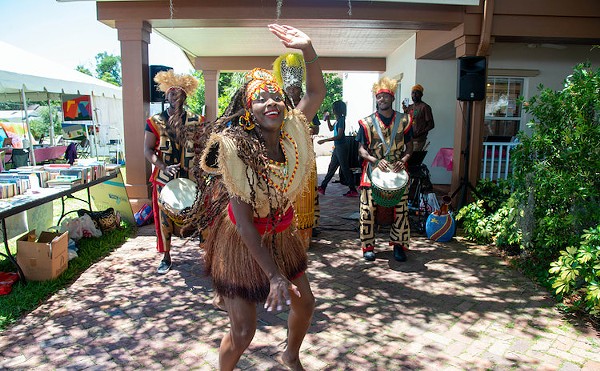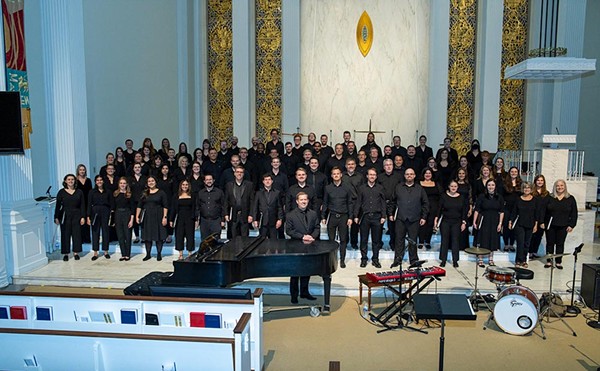The resort follows the EPCOT Building Codes, a holdover from the days when Epcot was envisioned as a living laboratory for the city of the future. As some of the most rigorous building and safety guidelines in the world, the code has ensured Walt Disney World remains one of the safest places in all of Florida during a storm or other catastrophe.
Despite not being the Vatican-like corporate city that Walt had envisioned, Disney World still handles many of its public works functions like a traditional city. This includes their own power production via Reedy Creek Energy Services, which operates a small energy plant near the Magic Kingdom. This tiny plant produces only a small percentage of the power required for the 25,000-acre resort.
A second, biogas-fueled facility near Animal Kingdom is operated through a partnership with Harvest Power. It has the capacity to convert more than 120,000 tons of waste into more than 7 megawatts of combined power and heat. More recently, new partnerships have seen hundreds of acres of solar energy come to Disney World and nearby areas.
Despite all of these energy sources, RCES still purchases a large amount of its electricity from other energy providers. The resort also buried its power lines, allowing for continued power availability during large storms, but as recent blackouts have shown, that’s reliant upon those offsite connections, many of which remain above ground.
Thanks to agreements with the state that date back to the 1960s, Disney is technically able to build its own on-site nuclear power plant, but restrictions on nuclear facilities would prohibit resort development around it.
This hasn’t stopped persistent rumors that such a facility already exists. No such facility exists anywhere in the Metro Orlando area; the closest nuclear power facility is Crystal River on the west coast. Florida has two other nuclear plants, both south of Central Florida.

In past hurricanes, Disney has offered free activities in public hotel areas for guests staying on-site. These activities continue until it is no longer safe for guests, at which time the entire resort goes into a lockdown mode with all guests asked to stay in their rooms.
All services, like housekeeping and room service, are paused until the storm passes. After the storm, teams assigned to each section of the resort check for any damage and reopen areas as they are deemed safe. Cast Members are designated as "ride out teams" throughout the resort to ensure that the entire complex reopens as quickly as possible, but as previous hurricanes have shown, it can sometimes take days for services like housekeeping to fully recover.
Areas with live animals, such as Animal Kingdom and Animal Kingdom Lodge, give special attention to preparation for any major storm. Ahead of Dorian, Disney lifted pet restrictions in rooms. Normally, only a small subset of rooms allow pets.
As is typical, vehicles and other private property of guests remain their sole responsibility, with Disney holding no obligation to protect such property. Guests who choose to ride out the storm on WDW property do not receive any type of special prices, free tickets, food, or other items that may incentivize staying on-site during a storm.
Amazingly, one of the most persistent falsehoods about Disney’s hurricane prep involves Cinderella Castle. A joking tweet from 2017 about Disney removing the castle’s spires was picked up by multiple news outlets, including The Guardian."The spires of Cinderella's Castle at Disney's Magic Kingdom are being removed in preparation for Hurricane Irma, … https://t.co/cv3VsWKApl pic.twitter.com/1BsQib1pLt
— Lori Miggins (@lorimiggins) September 8, 2017
The photo was actually of the crane used to remove the holiday dream lights that cover the castle each winter. Rumors of the castle spires being detached ahead of a storm – or the castle itself being able to be lowered into a hurricane silo – date back decades. While there are occasionally updates to the castle spires neither they nor any other part of the mostly gypsum, plaster and fiberglass castle are easily removable.
Other buildings at Walt Disney World, including the Tree of Life and Epcot’s iconic Spaceship Earth "ball," were all built with hurricanes in mind. All significant buildings are built to withstand at least a mid- to high-level Category 3 hurricane with little to no preparation. Like the Wheel at Icon Park, with some basic preparation the buildings at Disney can withstand even higher sustained winds.
Spaceship Earth, like all of the structures at Disney, is first and foremost a building, so the giant ball "rolling away" is impossible.
No one should expect an enjoyable day while riding out a hurricane, even at Disney. But with their high building standards, reliable electrical systems, multiple safety procedures and inland location, the resort might be one of the better options for some locals. Just don’t expect to see a Spaceship Earth rolling around or Cinderella Castle without the spires.
Stay on top of Orlando news and views. Sign up for our weekly Headlines newsletter.



















